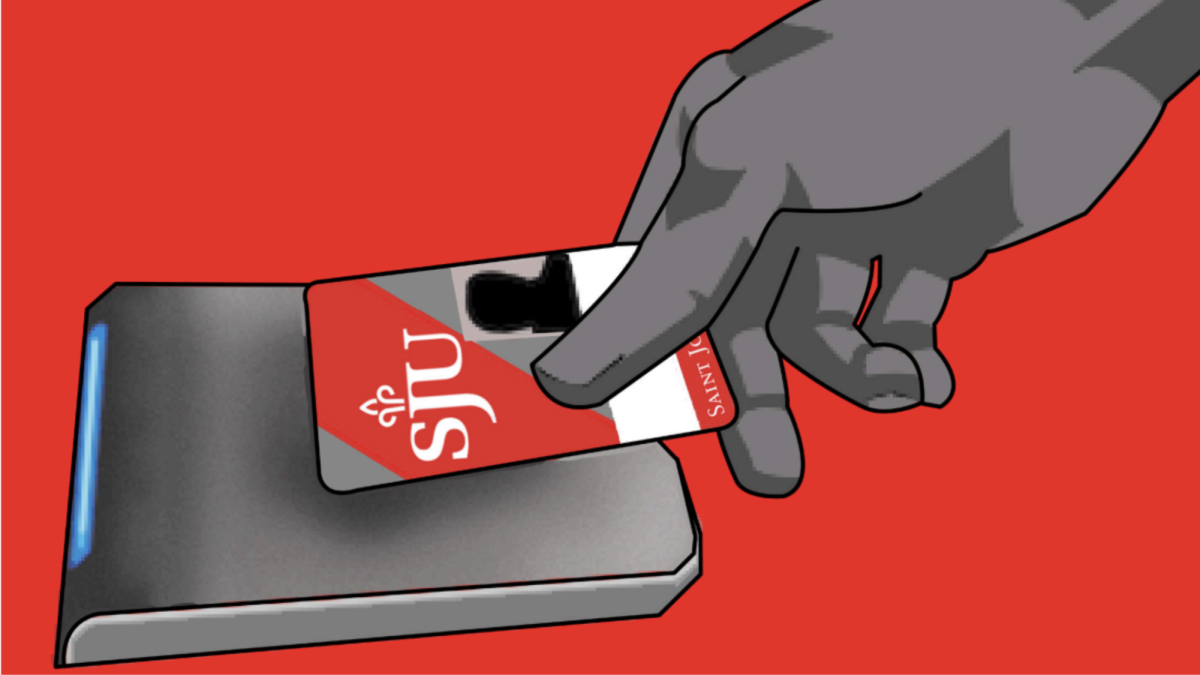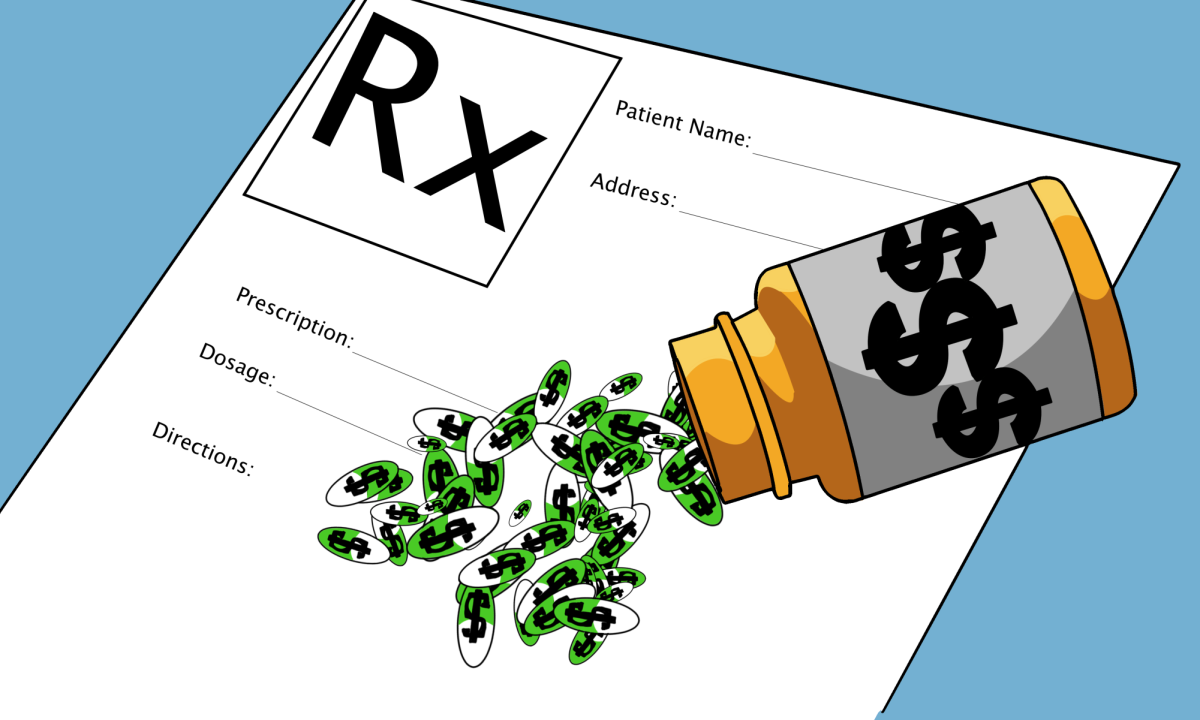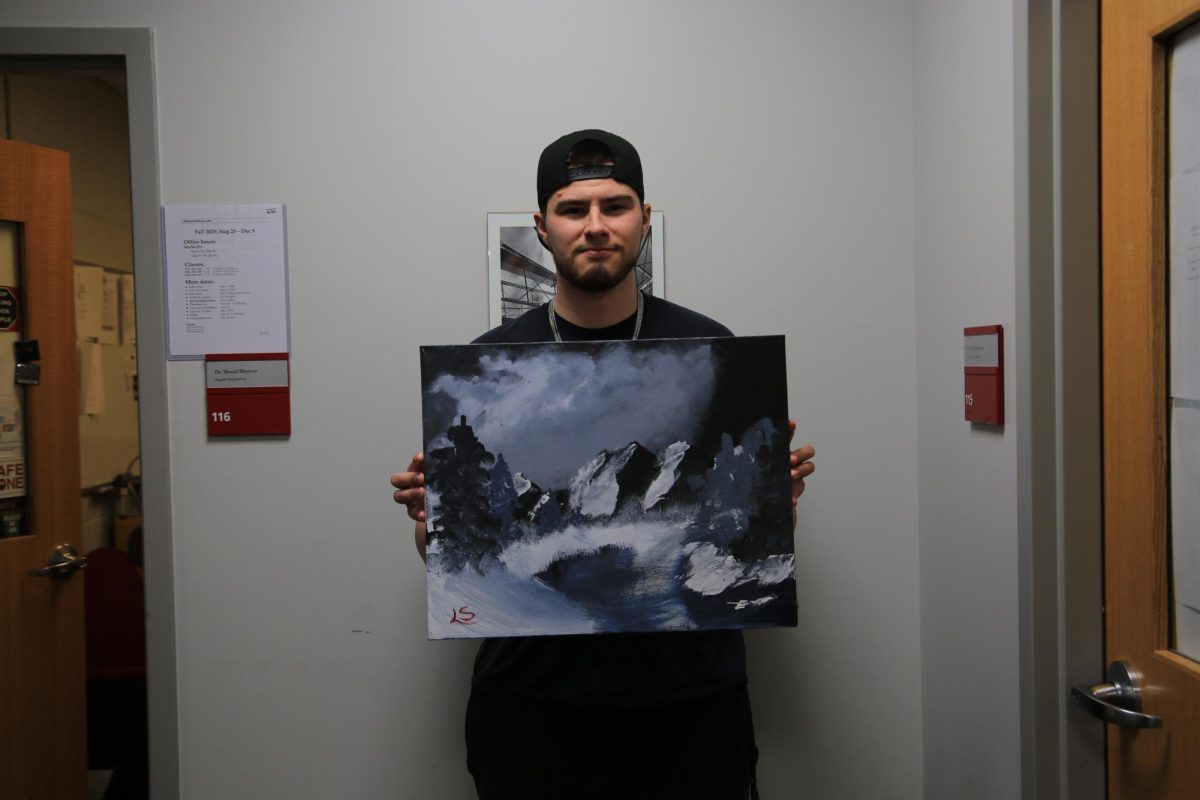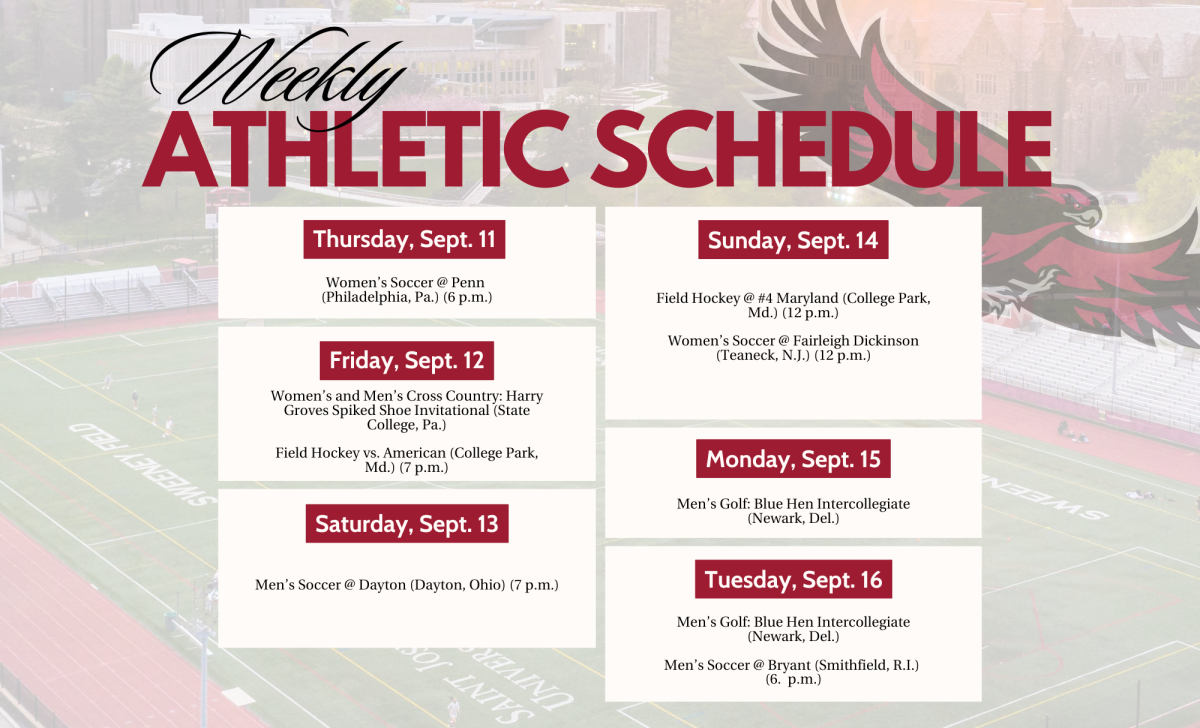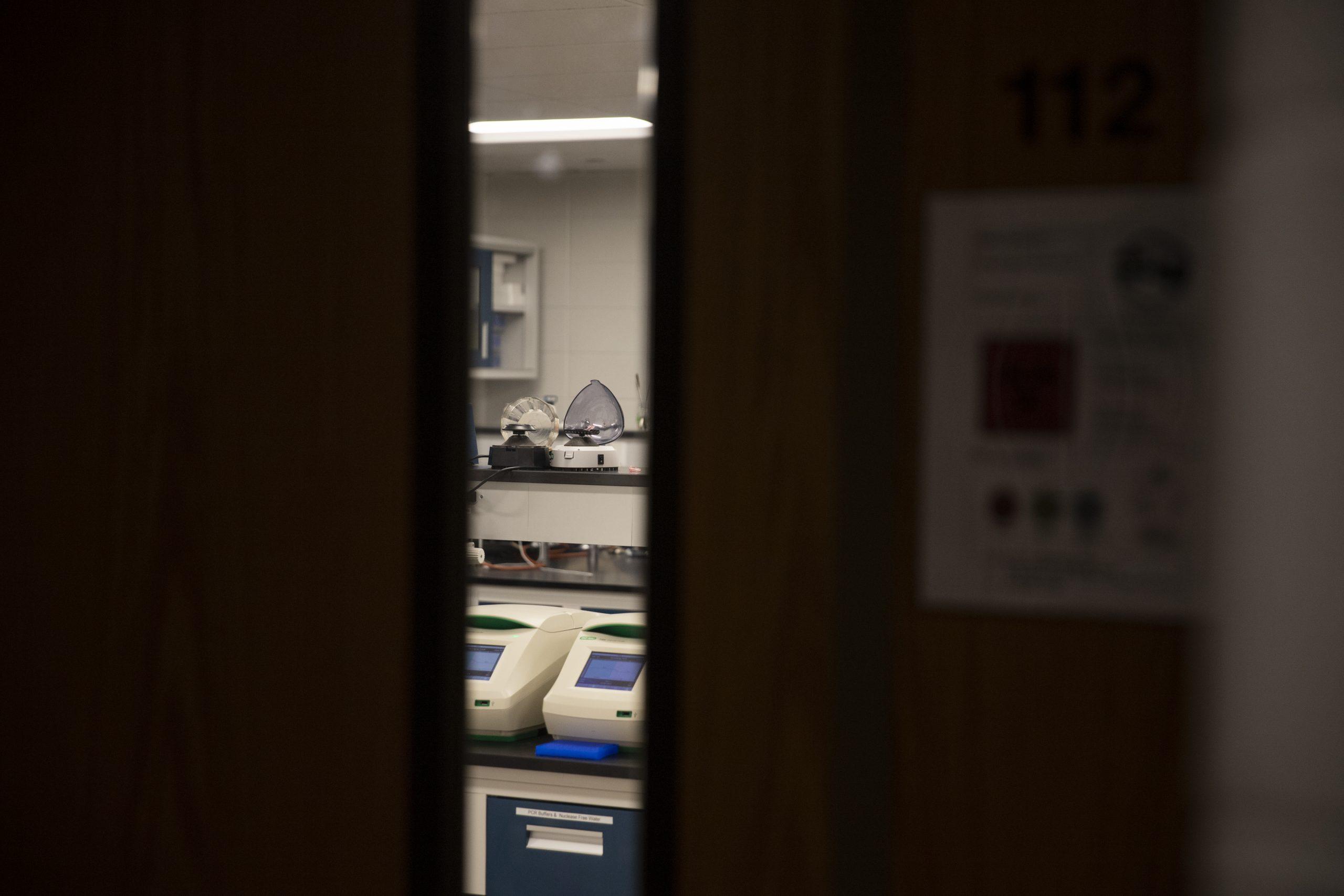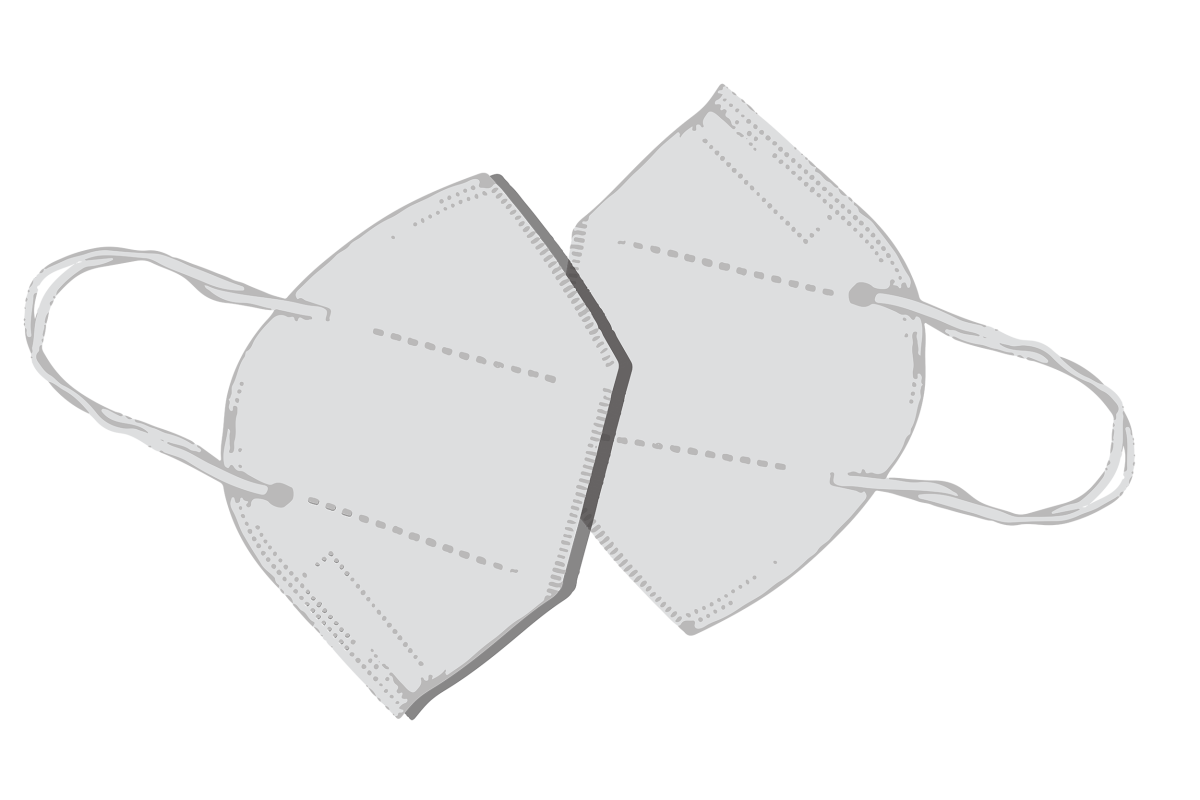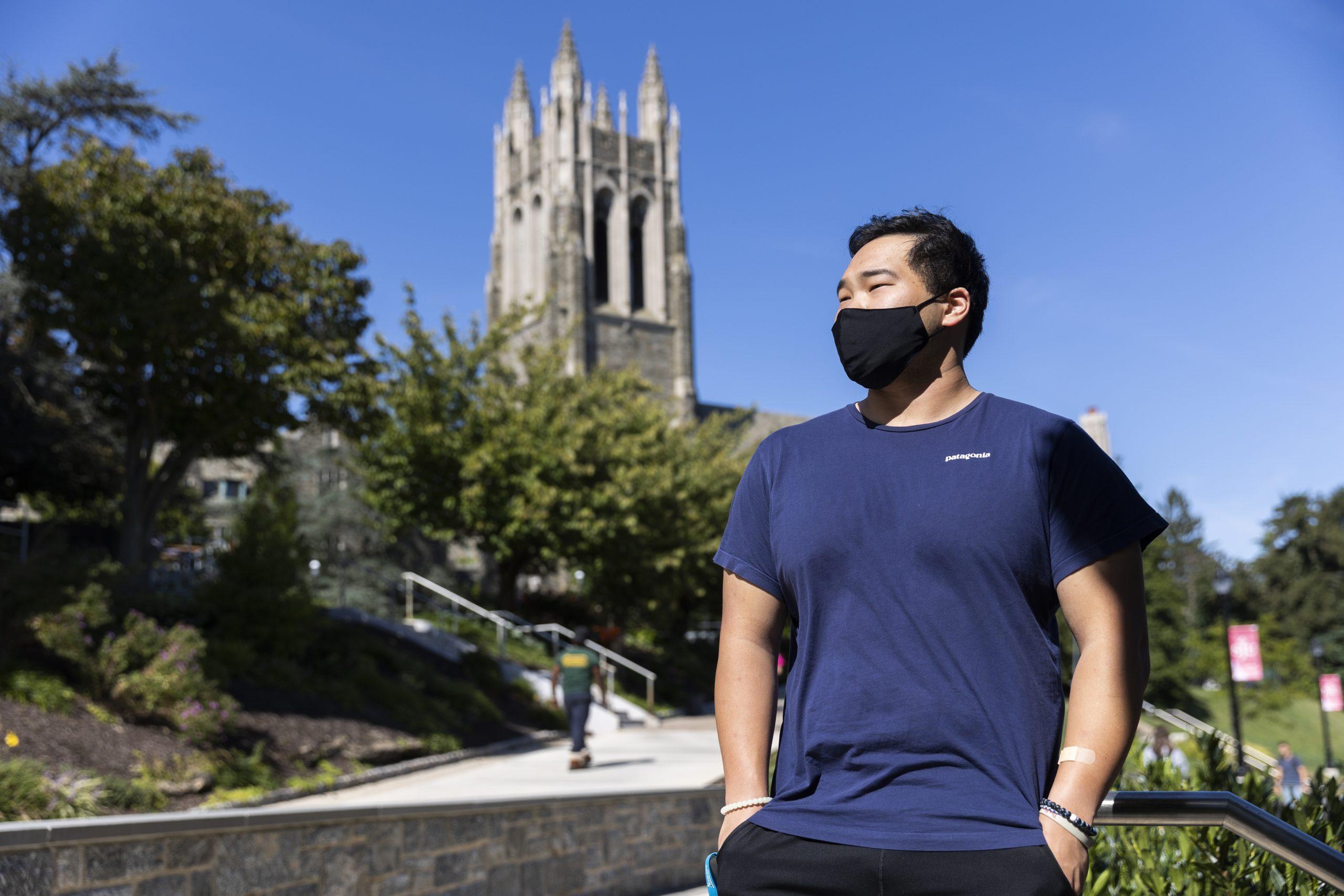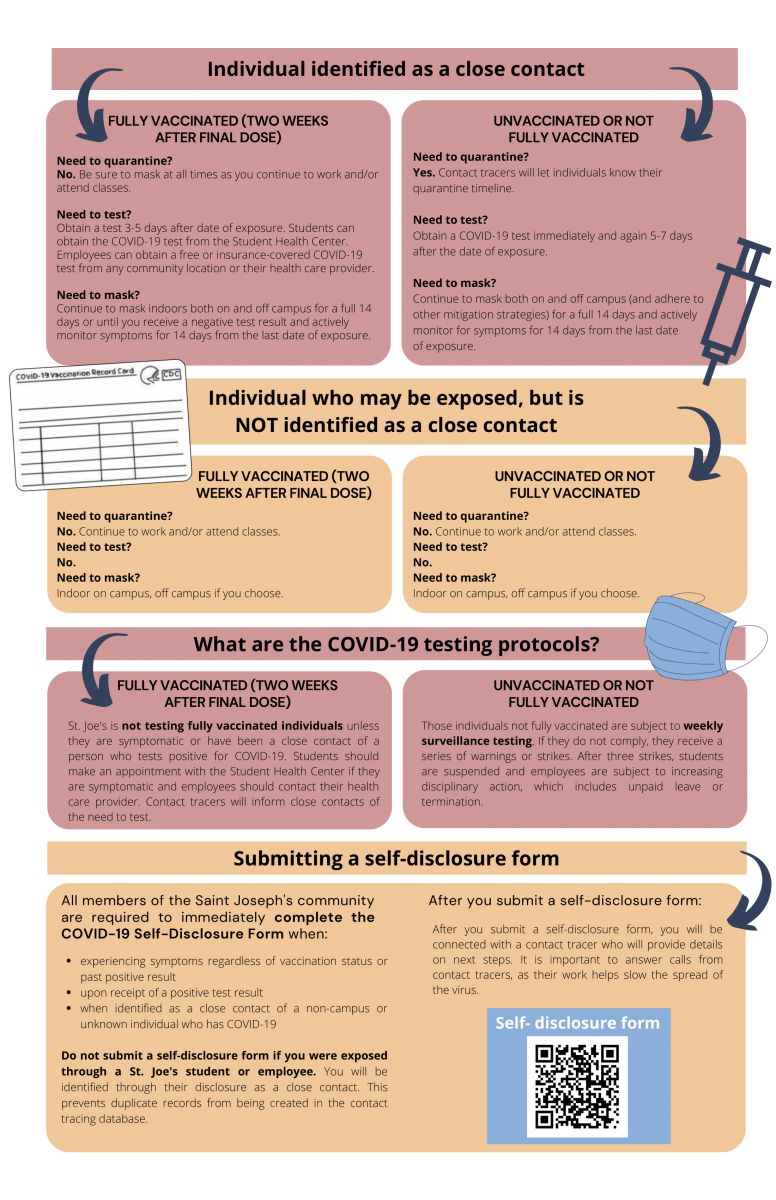Students are struggling with adapting the typical hands-on science lab experience to a new virtual platform, implemented by the university to slow the spread of COVID-19.
Some labs are continuing with in-person learning through smaller cohorts of students working while socially distant. Other instructors are administering labs virtually.
Murrin Tague ’21, an interdisciplinary health services major, is currently enrolled in a microbiology lab specifically designed for health service majors. For her online lab instruction, Tague had to purchase a lab kit to use at home.
“Lab is due at the end of the week, so you have to teach yourself,” Tague said. “It’s really hard having to change the way you learn such a difficult subject.”
The university reduced typical semester lab fees from $250 to $150, but the added cost of lab kits made the cost $185. With tax and shipping, the total cost was $230, according to Tague.
“I didn’t know it was going to cost that much,” Tague said. “[Professors] just said we needed it.”
Iswarya Vel ’21 has already experienced issues tuning into her hybrid histology lab via Zoom because the science classrooms are not sufficiently equipped to accommodate online students.
“The business classrooms are set up a lot better for Zoom as opposed to science classes,” Vel said. “These rooms aren’t built for this.”
Julia Lee-Soety, Ph.D., associate professor of biology, said the issue she has experienced a few minor glitches in software for her labs. Lee-Soety is teaching two labs this semester: one in person and another online, with students almost exclusively working on a computer.
“It is possible to run the class completely virtual, but the problem with that is initially we will be working on a computer software that only runs on PCs,” Lee-Soety said. “To accommodate students that don’t have that, the classroom has those PCs, where we can install the program and work on them for the time being.”
Lee-Soety’s other lab this semester is using the online simulation software, Labster. Using Labster, students will complete labs asynchronously, with instructors explaining directions over Zoom.
For Megan Cecchine ’21, a biology major, Labster provided the best alternative to a traditional laboratory experience. And when looking at the price, Cecchine said this semester was comparable to a standard course.
“It gets a little expensive when you have multiple labs, but I only had the $100 Labster access,” Cecchine said.
Beyond the cost of the kits and lab software, Tague expressed concern over keeping the contents of the lab kit in her house because the course is fully remote. Lab kits include bacteria, nutrient broth, a lab coat, goggles and other materials.
“We literally have bacteria that’s now going to grow in our house and I have five roommates,” Tague said. “I have to keep it in a specific part of the house.”
Ultimately, Tague said one of the biggest challenges is the lack of uniformity in lab instruction this semester.
“I think every lab should’ve used Labster,” Tague said. “Buying a kit and keeping all the hazardous stuff around is just really weird.”


